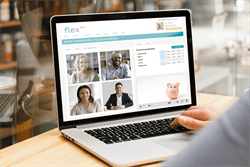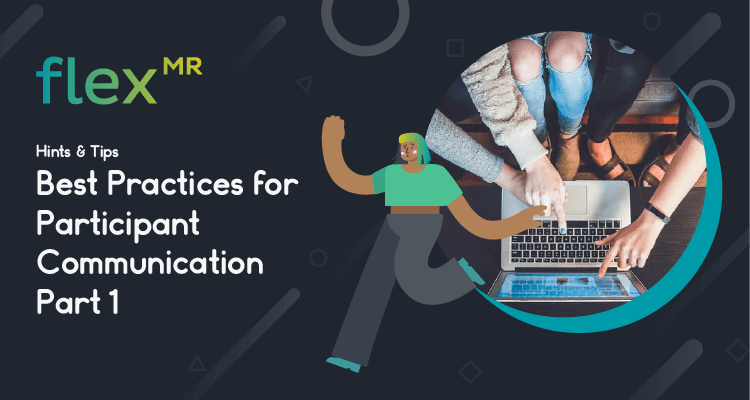Participants - or people - are a huge part of the research process. While it may be easy to reduce much of the effort in any project down to process and methodology, one aspect that should not be overlooked is the way in which researchers communicate with those taking part.
From tone of voice, to the messages we give in verbal and non-verbal communication, every interaction has the opportunity to share the participant experience. In this video, Charlotte Evans underscores the importance of getting this right and outlines simple steps that should be followed for maximum impact.
What Makes Communication Important?
The way in which we communicate sets the tone of research activity. It has the power to demonstrate to participants what kind of relationship researchers will have with them, what kind of environment they’ll be a part of and how other people are expected to act.
Especially important in group settings, where moderators lead by example, communication is vital to building trust among research participants and encouraging authentic, honest feedback. In some situations, it may be important to make participants feel comfortable and relaxed. In others, excitement may be key. And in others still, perhaps security and confidentiality take centre stage. No matter what our priorities are, language is the way in which they are communicated.
Throughout this video, Charlotte shares practical tips and advice on how to communicate with research participants. First, we explore three considerations that will guide any decisions. These are: what you are sharing, what actions you want participants to take and who you are sending the communication to. By thinking through all of these factors, you can create clear messaging that cuts through, is easy to understand and builds trust with participants.
The last of these considerations – who the communication is being sent to (or targeting) – is often overlooked. Understanding the people who will be on the receiving end of your email, telephone call or in-person conversation can really help you narrow down and focus on precisely the right approach.
When communicating, Charlotte suggests participants should be clear on who you are and what you’re asking them to do. If this is the first time a person will hear from you, Charlotte says you should not neglect to explain both who you are and what research you’re working on too. Finally, this video ends with the most important advice of all; ensuring there is a clear call to action or information on next steps.
Online Research Hints & Tips
The Online Research Hints and Tips series is designed to provide quick, easy-to-digest and actionable advice to help you make the most out of online qualitative and quantitative efforts. Tackling topics that range from participant communication to database management, getting the most out of focus groups to engagement strategies - we're aiming to make the world of online research easier for everyone to understand.



















